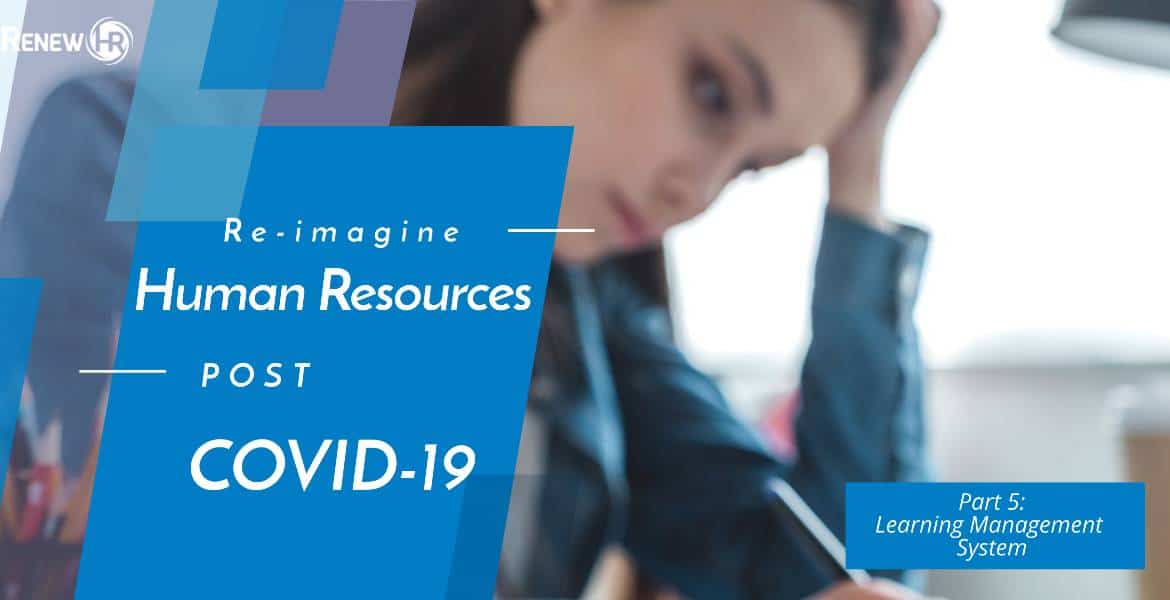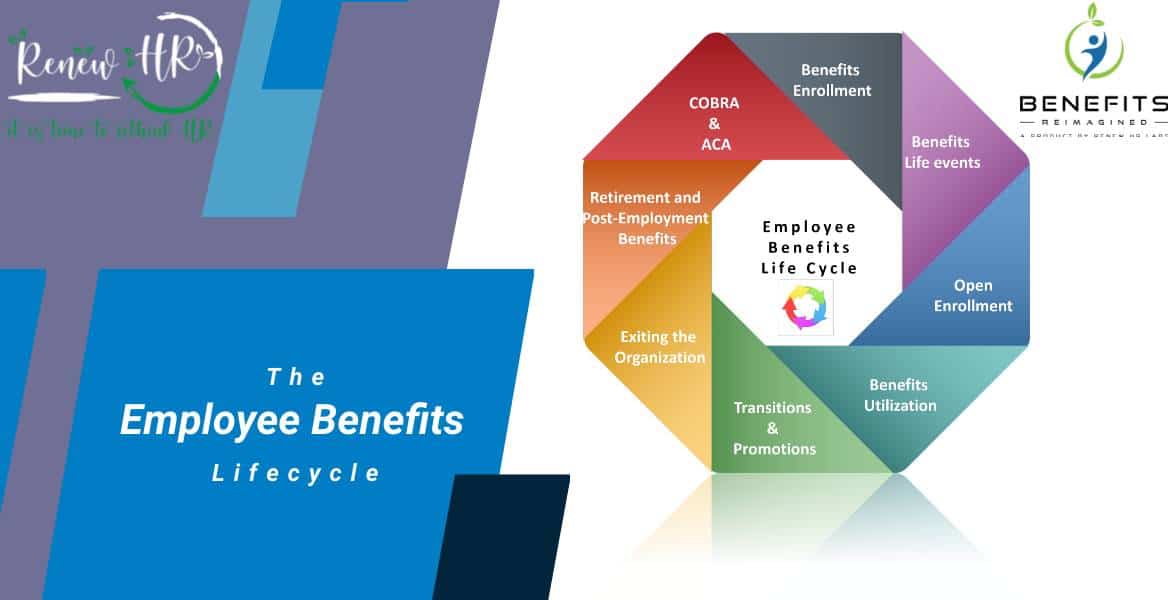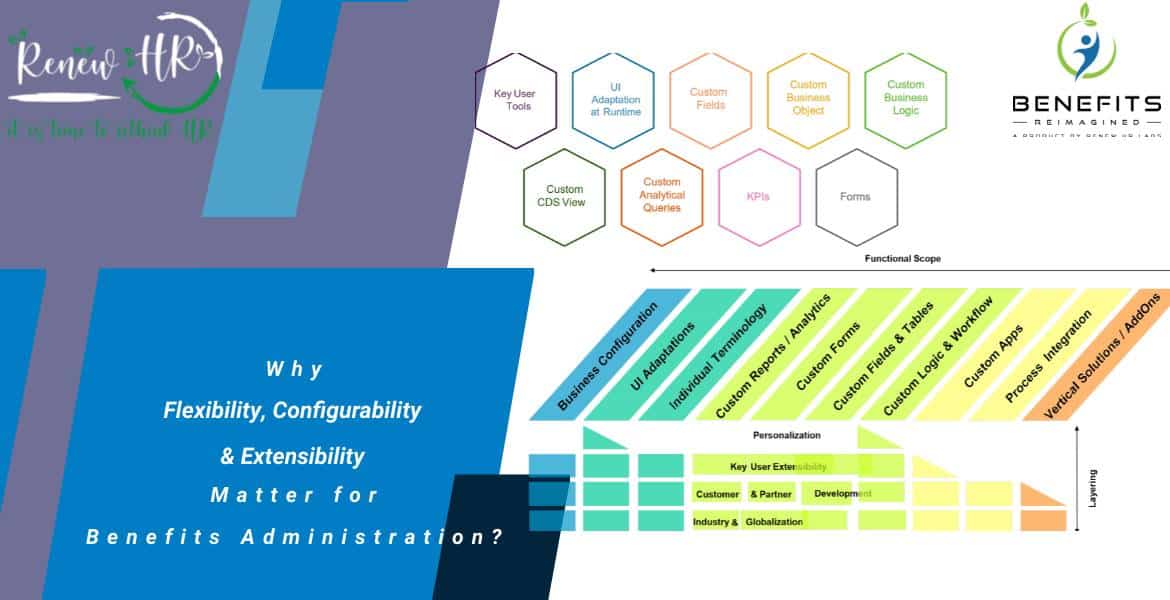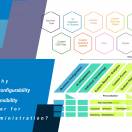Contents
The modern-day learning management systems has come of age
In this blog series, we will describe the 7 most pressing challenges, trends, and possible opportunities in front of HR organizations as the enterprises they support to come out of this pandemic and adjust to the ‘new normal’
With a significant proportion of employees working from home, there is an increased need to leverage learning management systems and mobile learning platforms more than ever before:
- Learning management systems (lms) helps continuous learning to increase productivity, builds employee loyalty, helps in the development of new products, services, and helps the company keep up with the changing workplace.
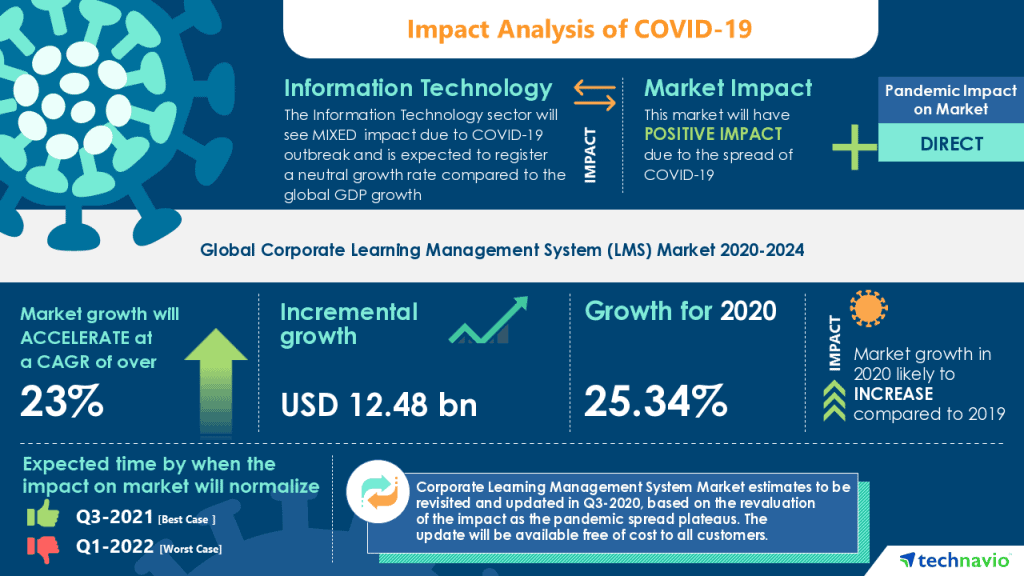
- In addition, new skill gaps have been identified as a result of the work-from-home reality, namely on topics related to COVID-19 compliance training, work-life balance, time management, and active listening.
- Finally for those teams that have reduced workloads, now is an opportunity to increase the knowledge base of the employees and the entire organization as a whole.
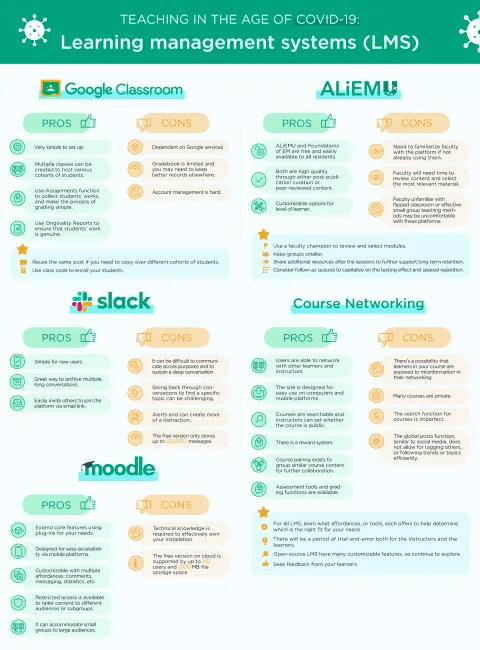
What can HR do?
An LMS is a great way to offer standardized training programs explicitly developed with your company’s mission and goals in mind.
Immediate, on-demand access to training:
With all your training and knowledge-base material converted into an accessible, consumable format, employees will be able to stay informed and qualified no matter where they are working. In addition, they can better organize their schedules to learn at times that work best for them.
Integration with Talent Management:
Learning management systems can help you track your employees’ learning outcomes – either as-is or through integration with Talent Management processes like Performance, Goals, and Career Development.
Integration with Analytics:
Learning management systems can provide in-depth data about employees’ learning outcomes, allowing organizations to make better decisions surrounding learning subjects and methodology. Each organization can decide the technology that is best suited for them and also understand how their employees can learn better in the future. As a result, they can achieve better outcomes with better-positioned investments.
- The employee benefits lifecycle - 04/08/2023
- Why Flexibility, Configurability & Extensibility matter for Benefits Administration? - 02/08/2023
- The communication challenges - 31/07/2023


